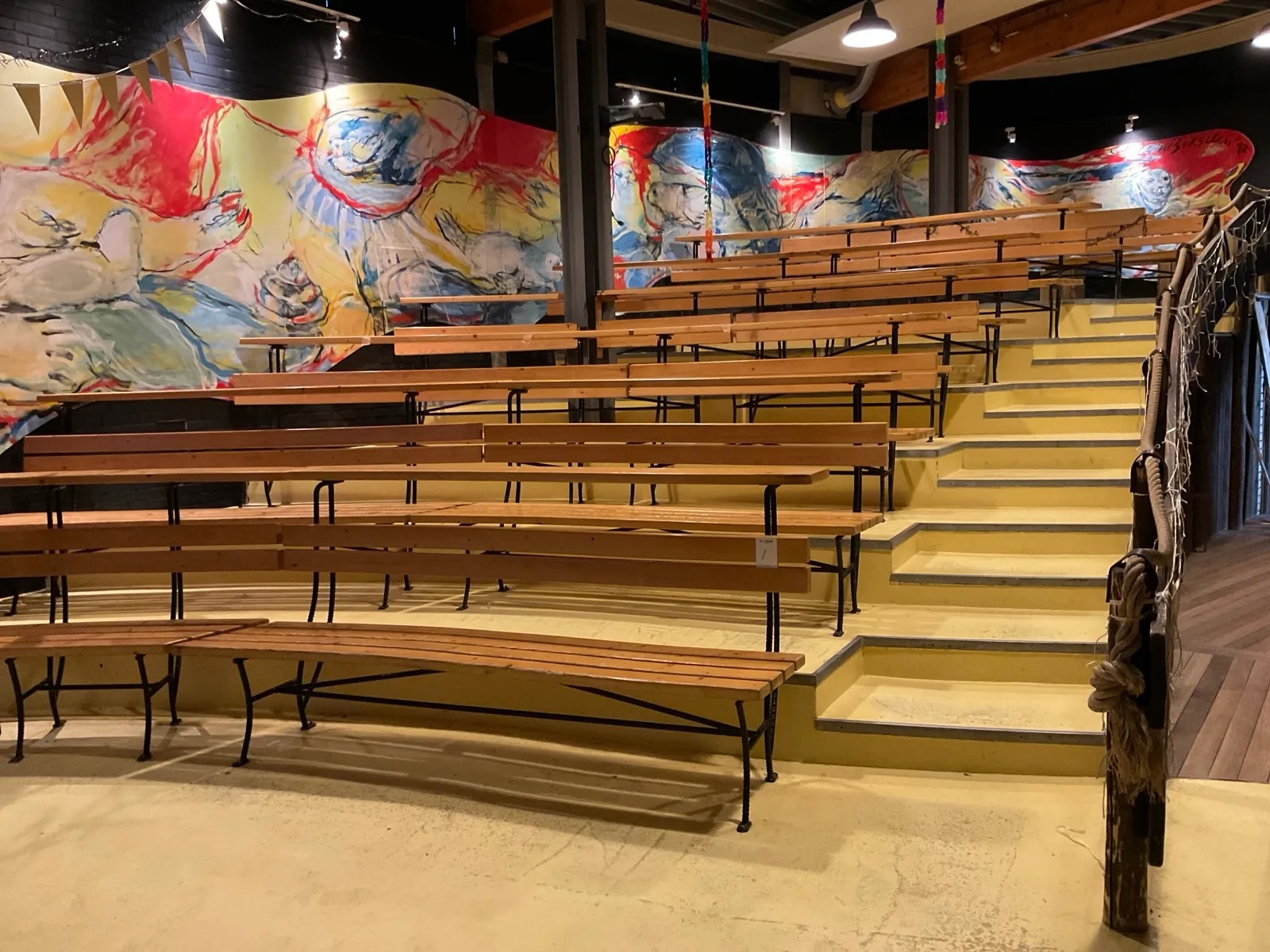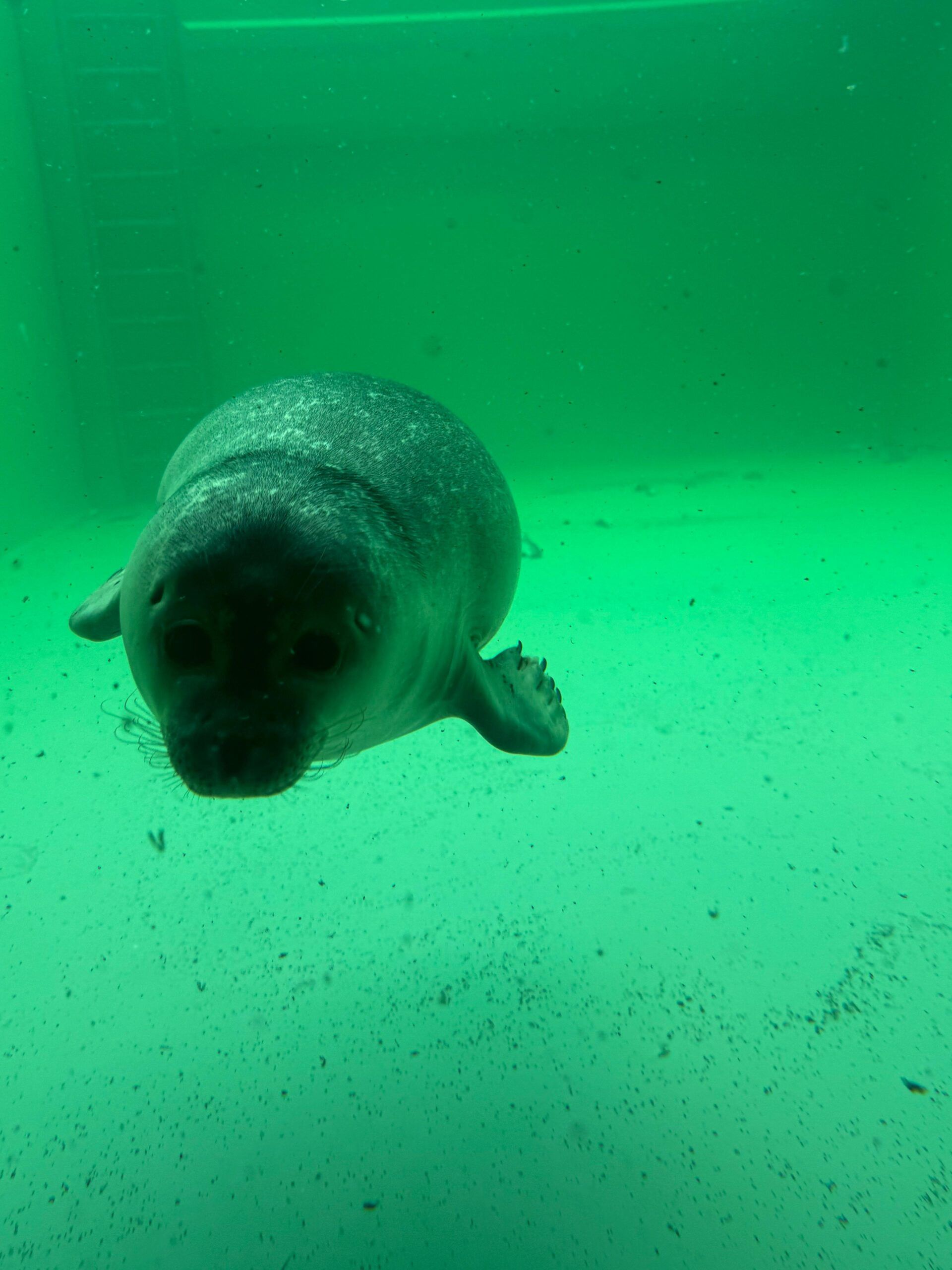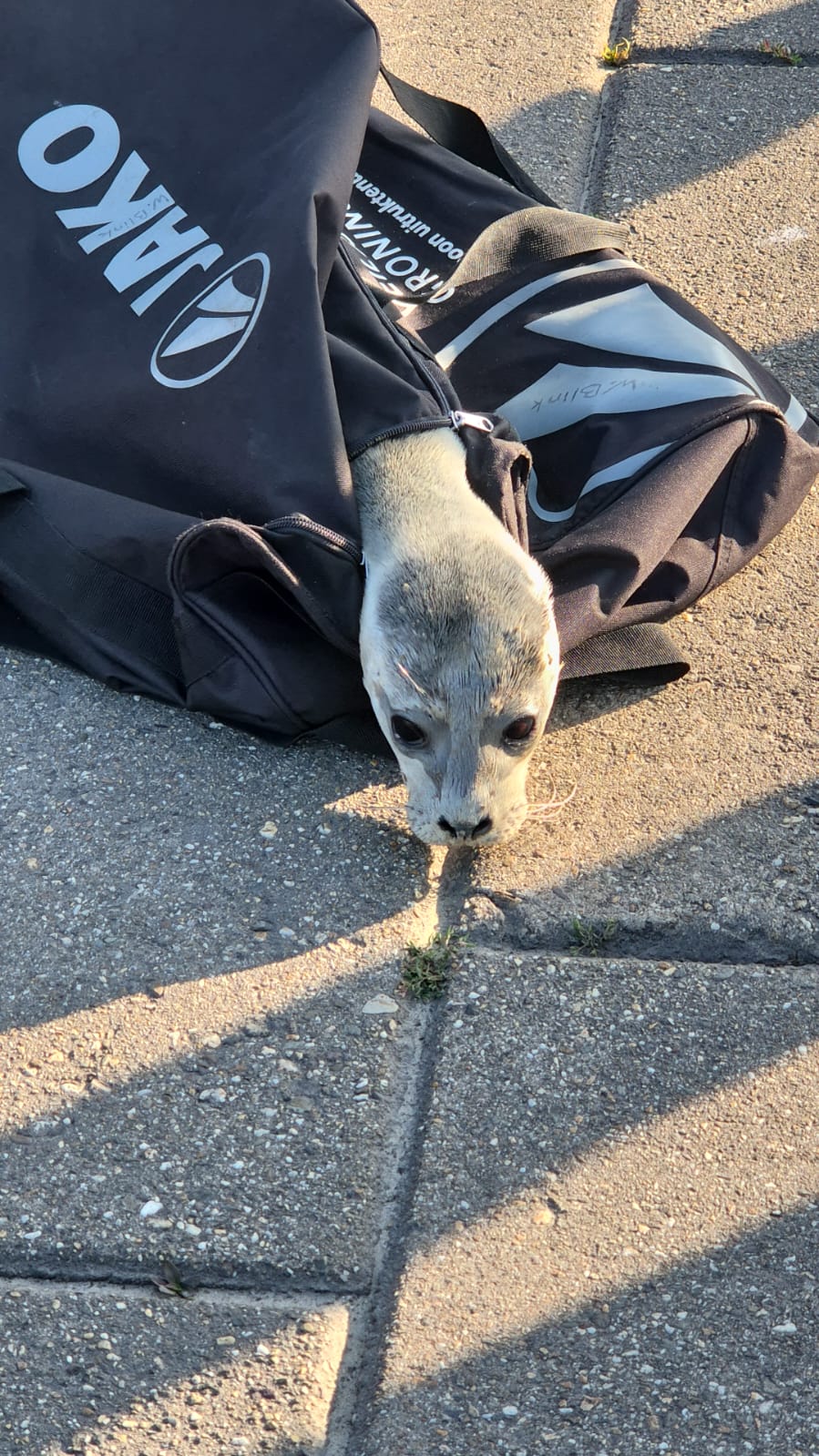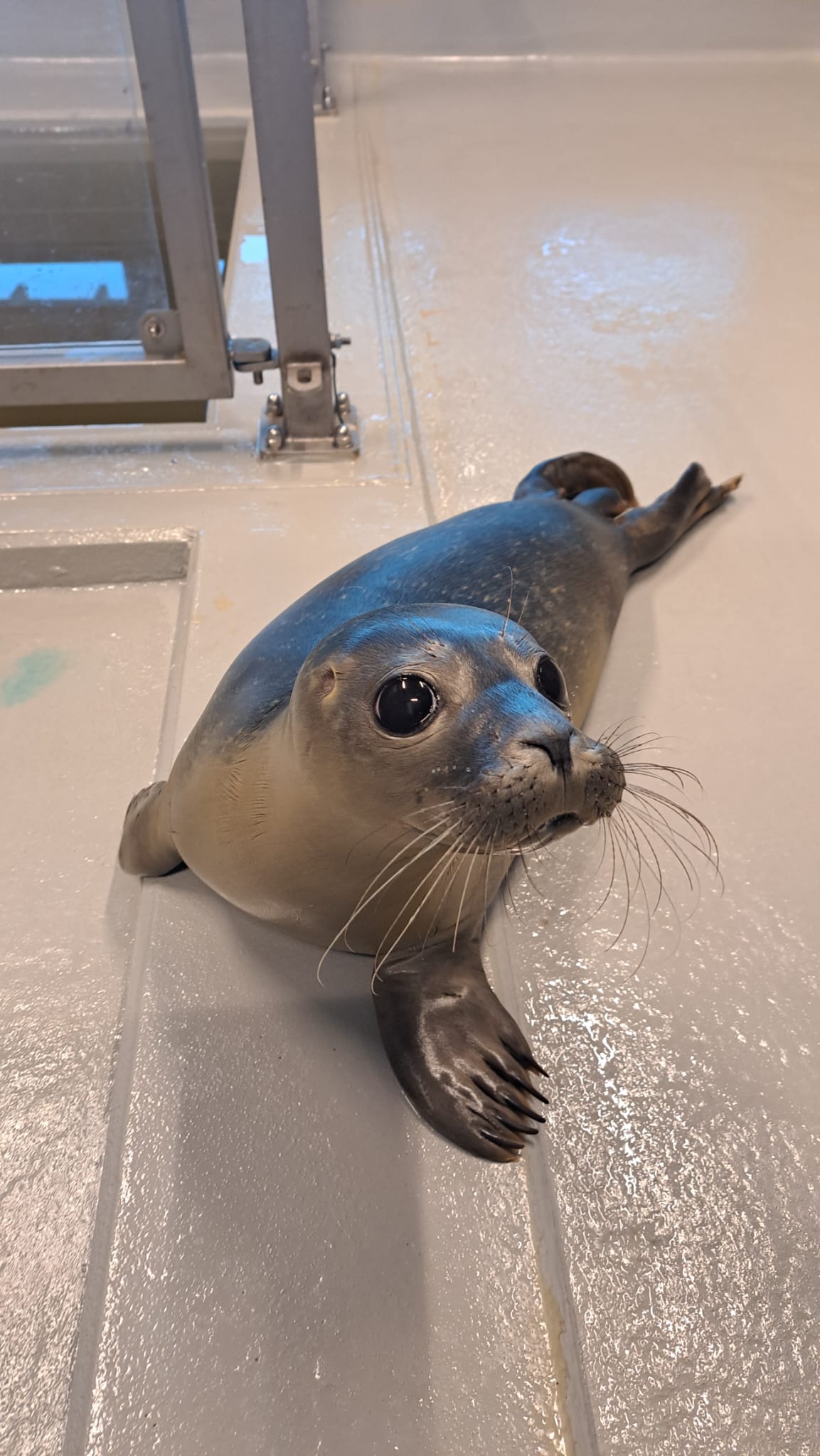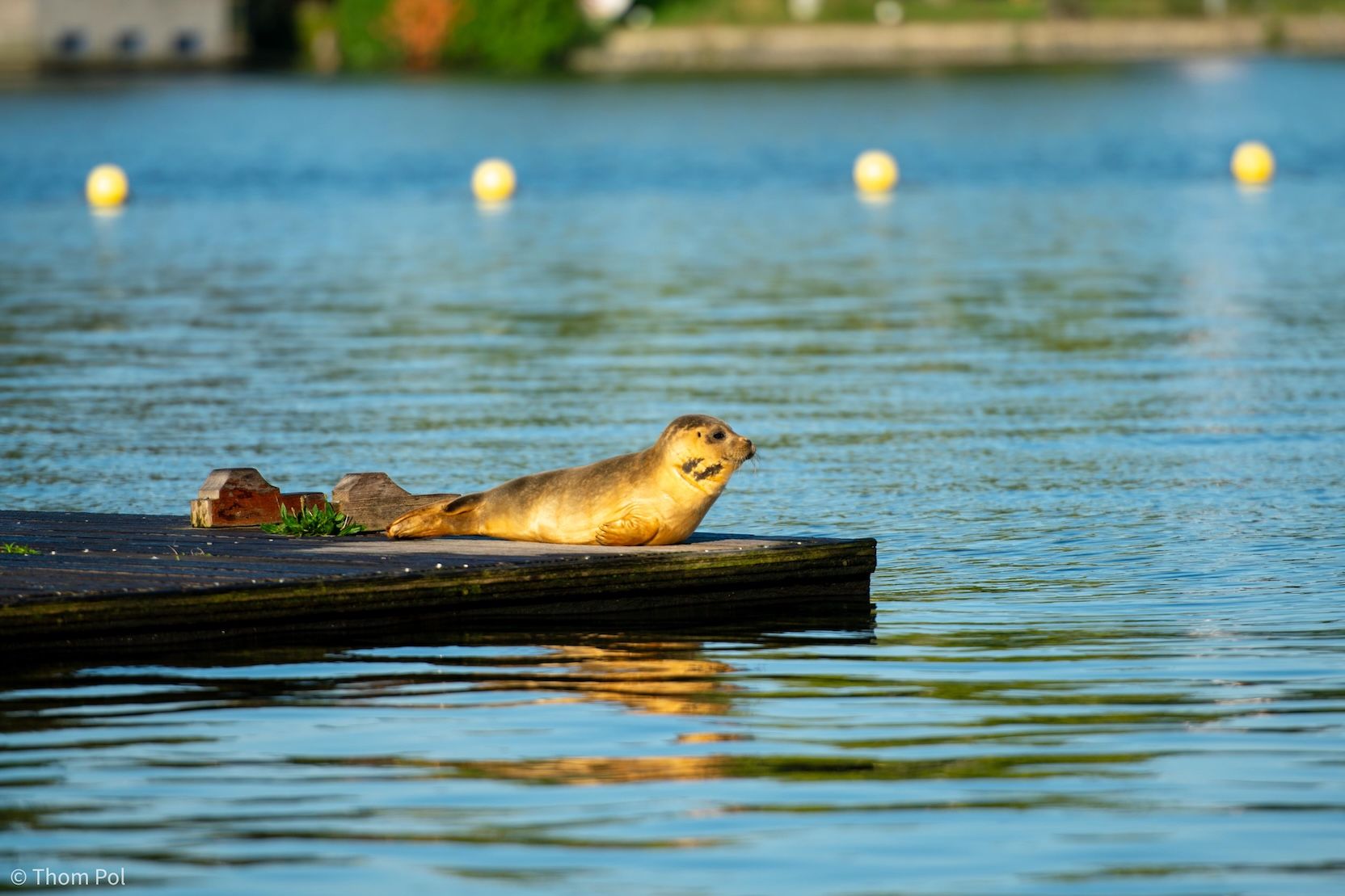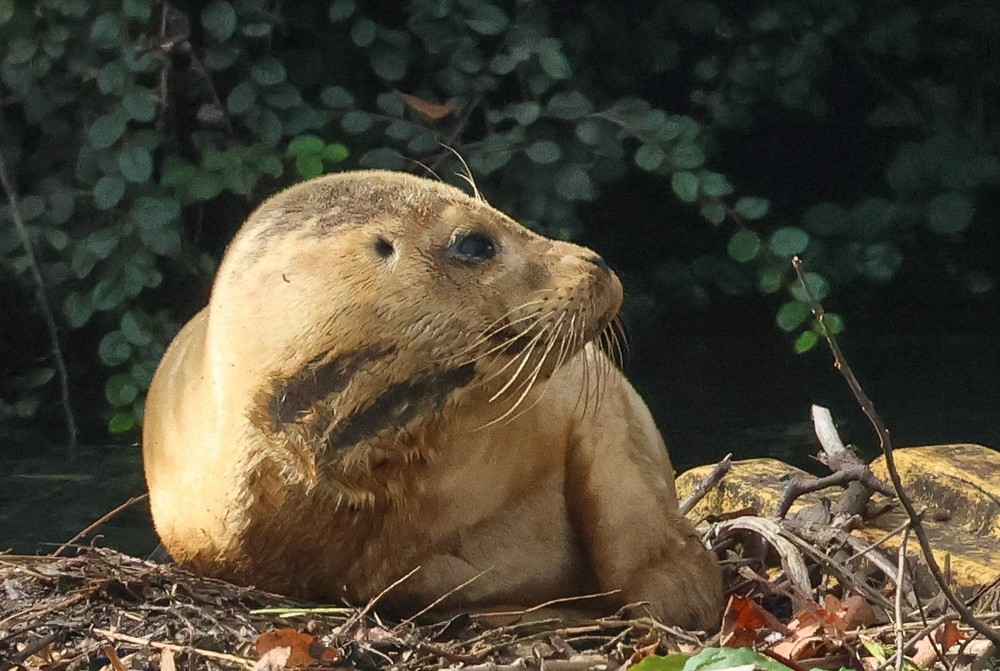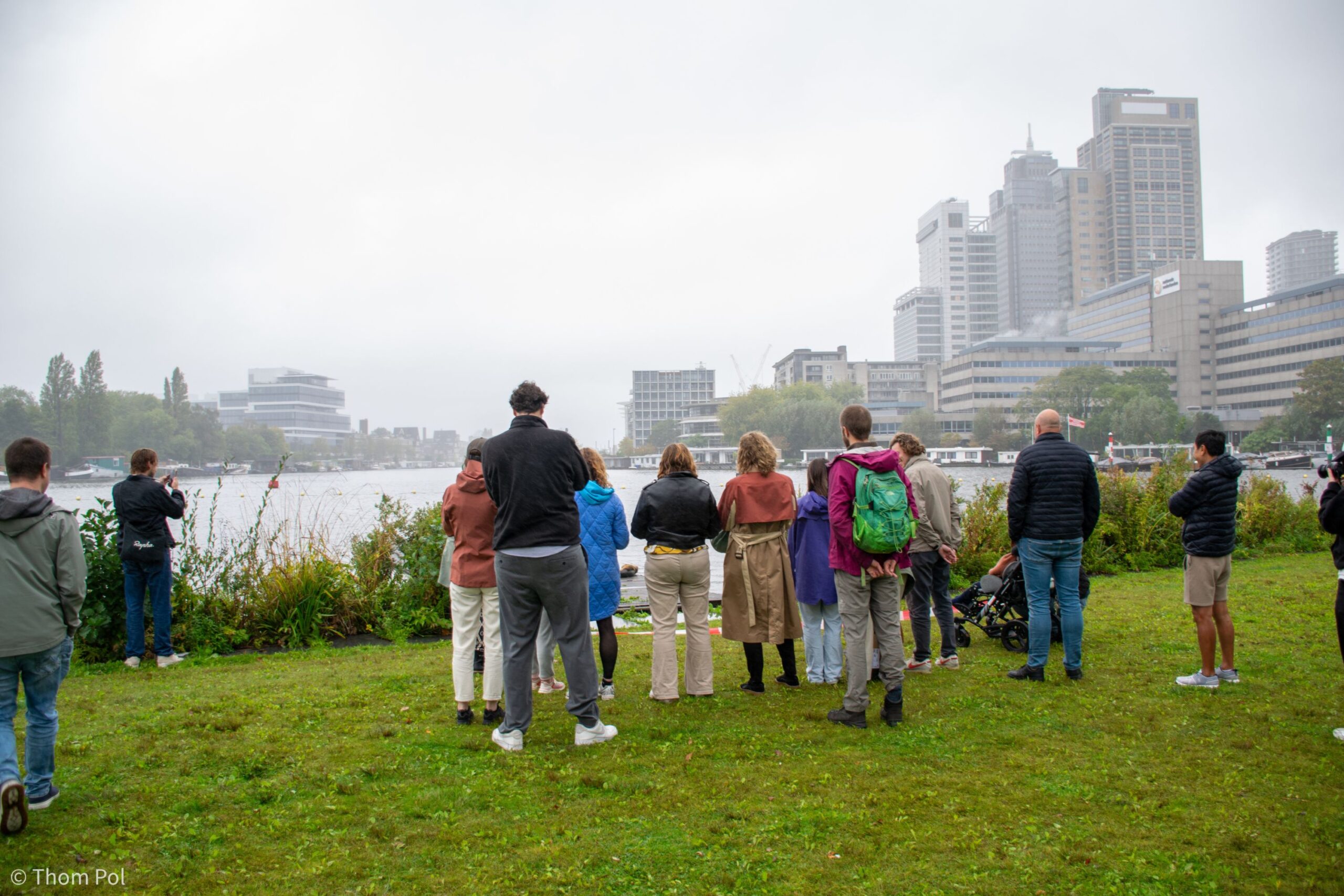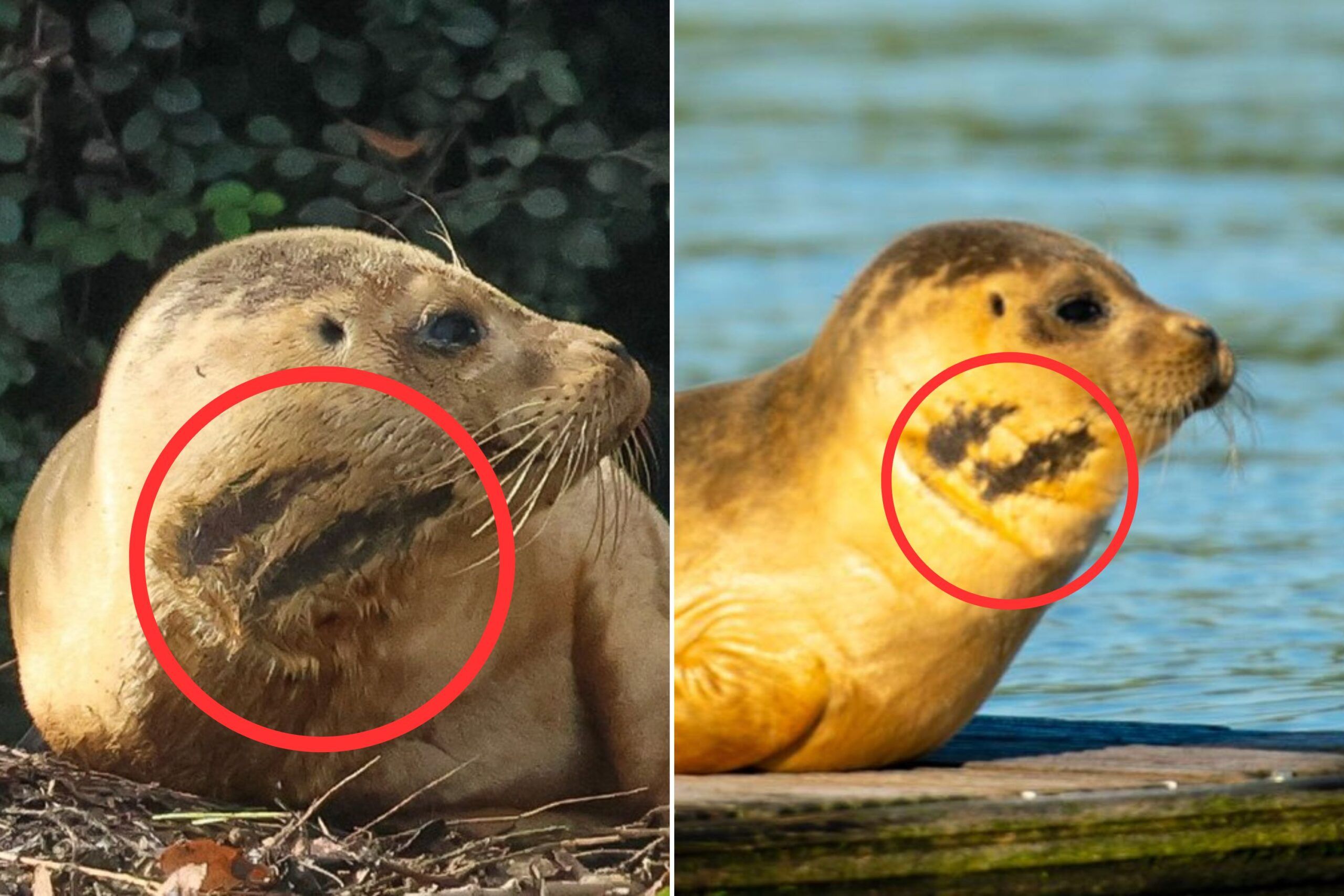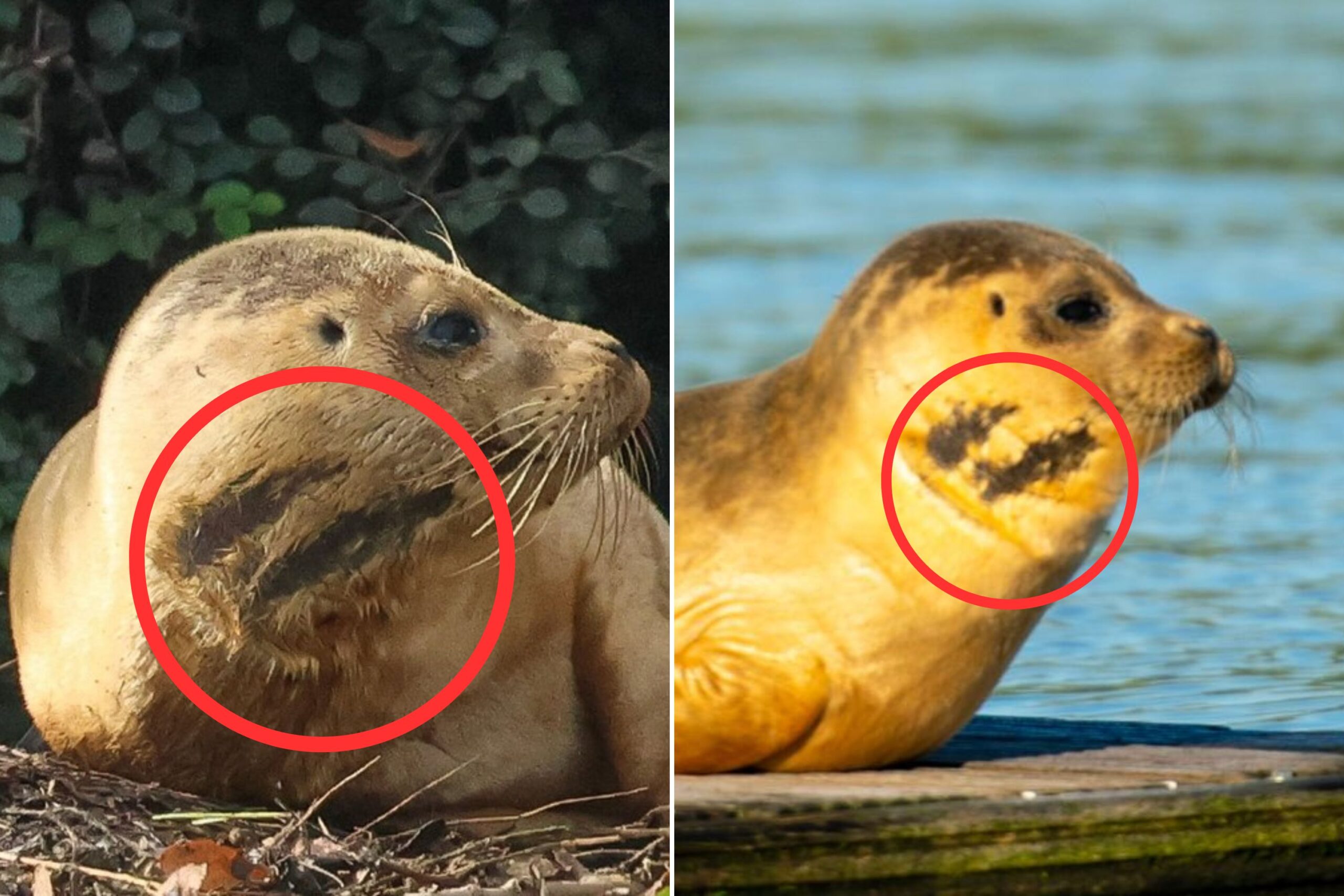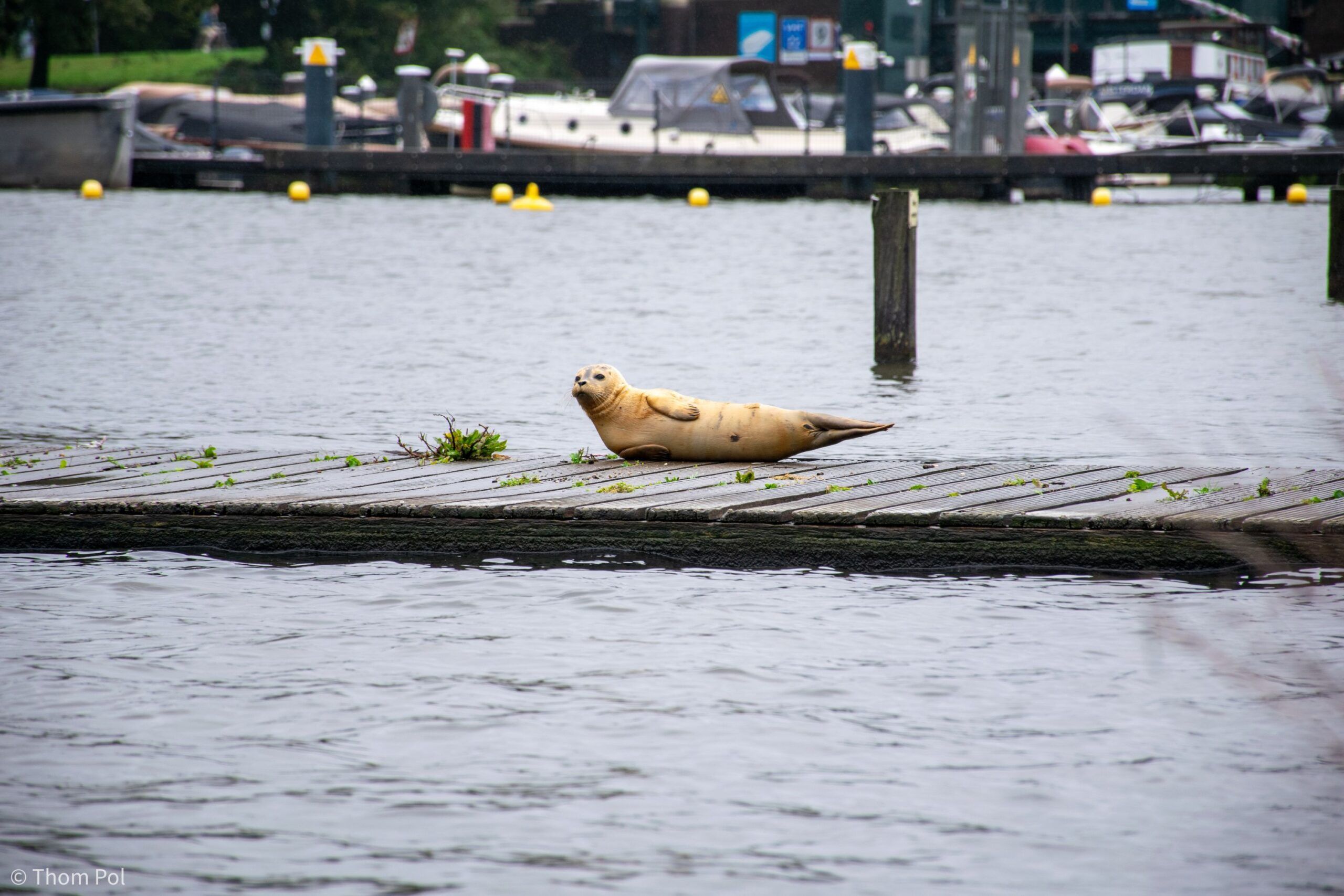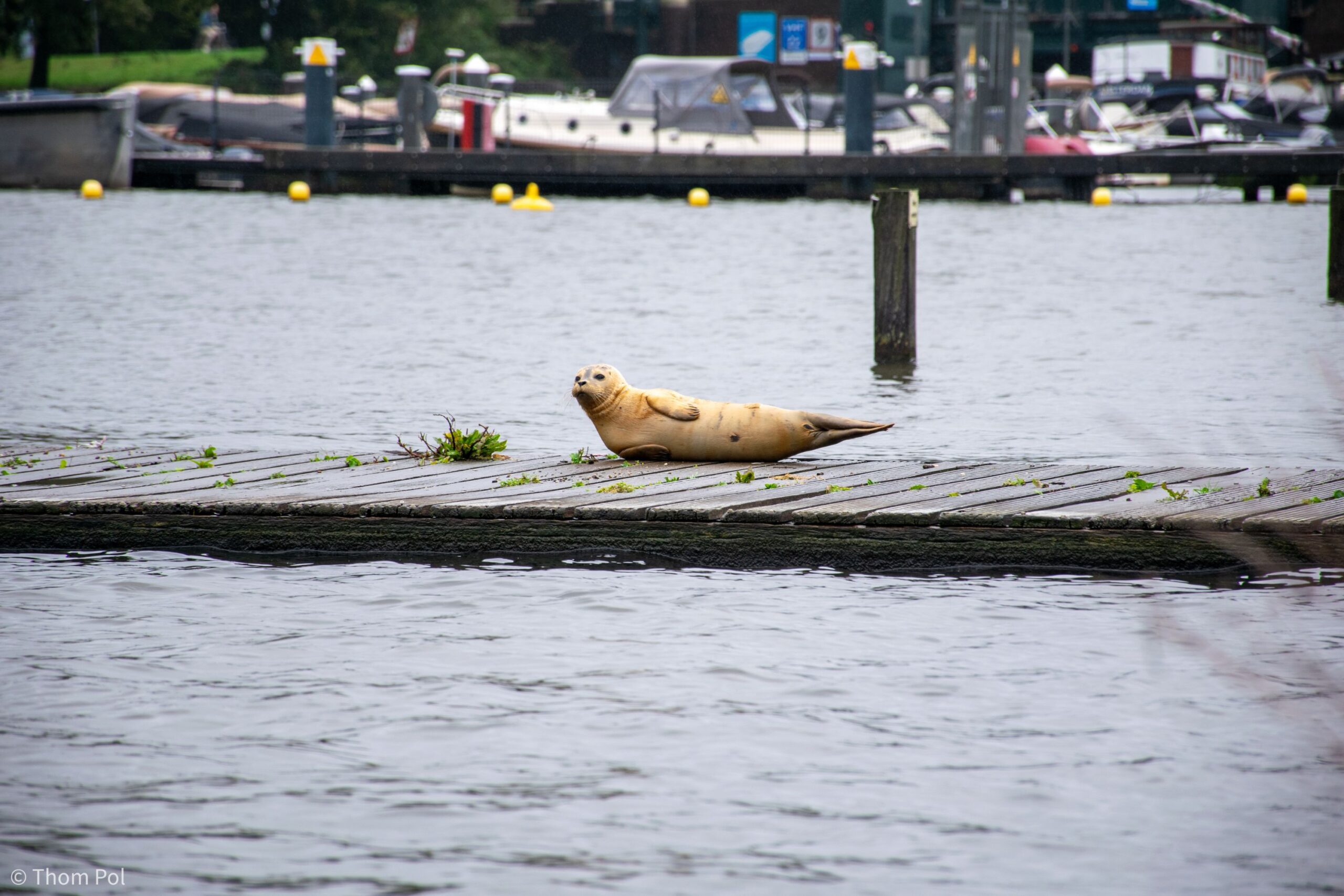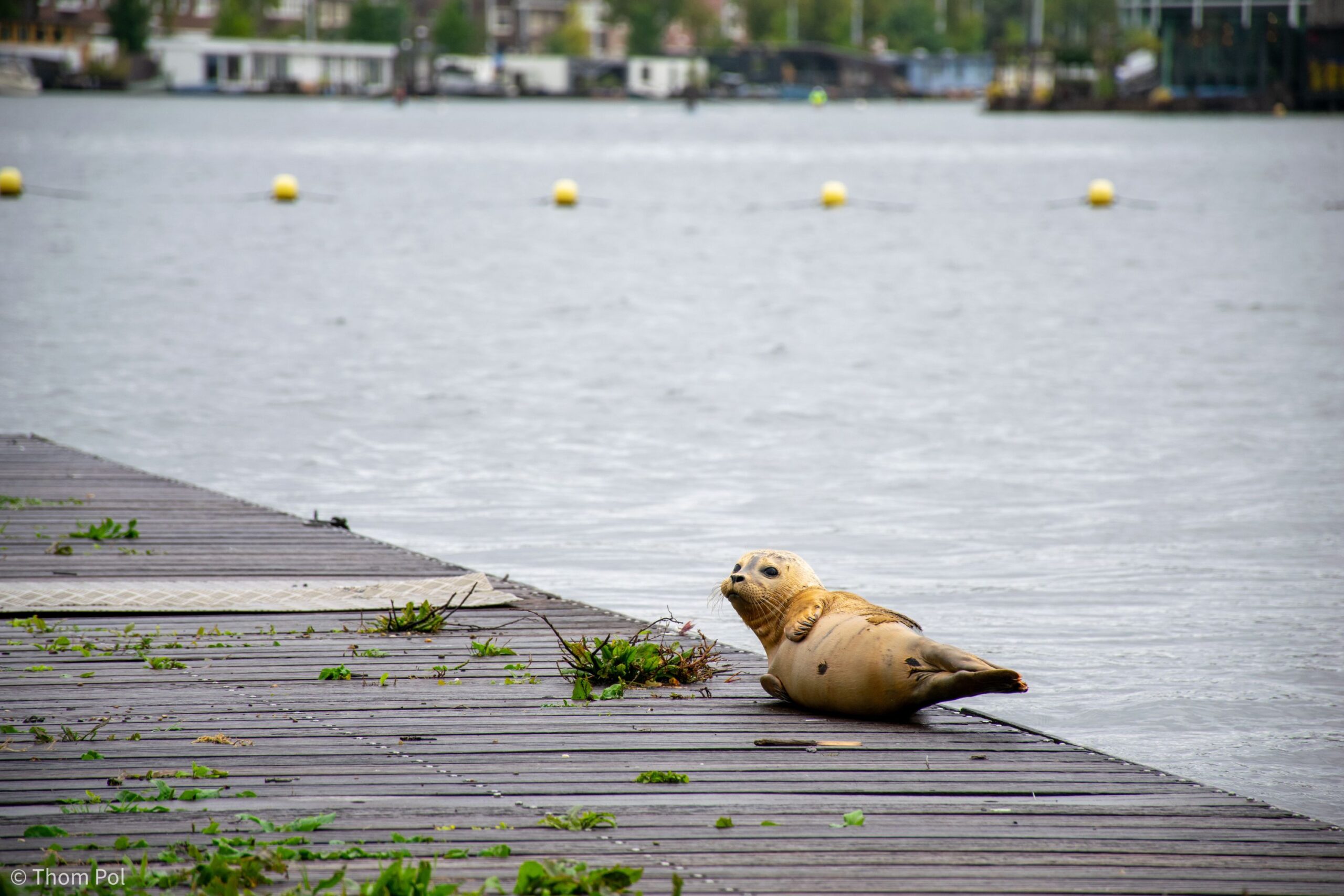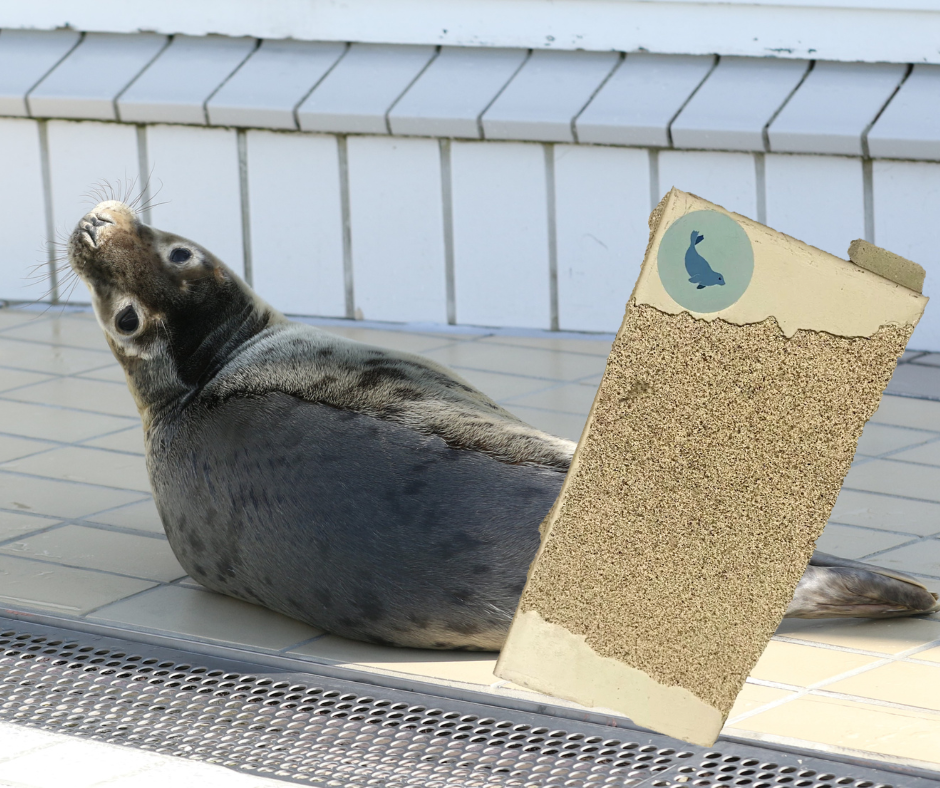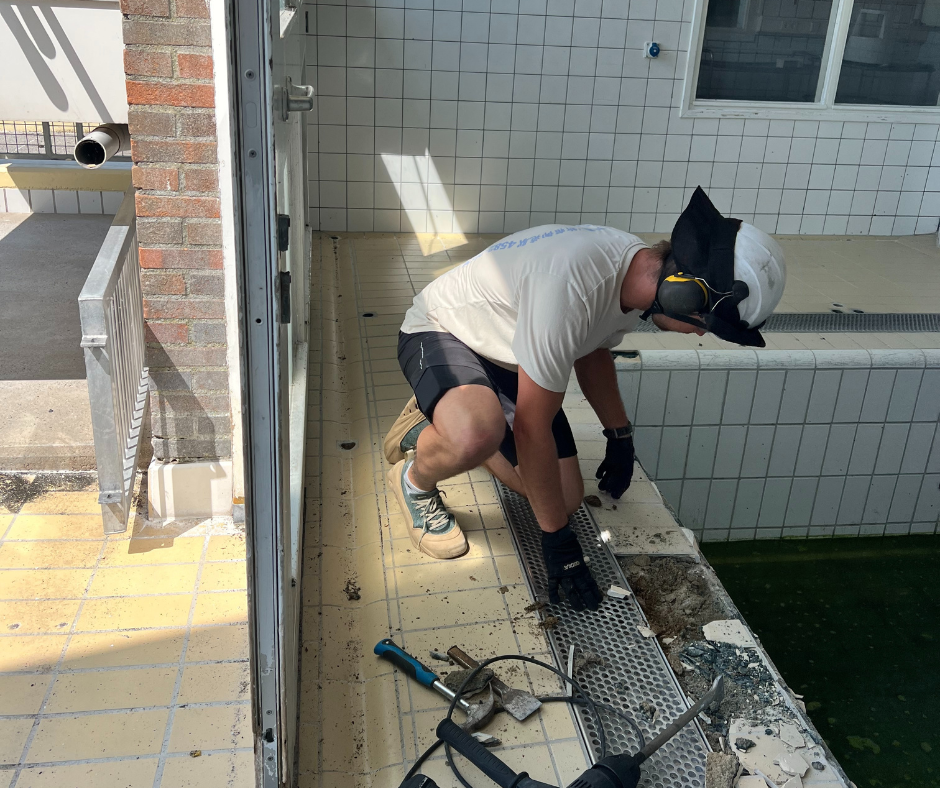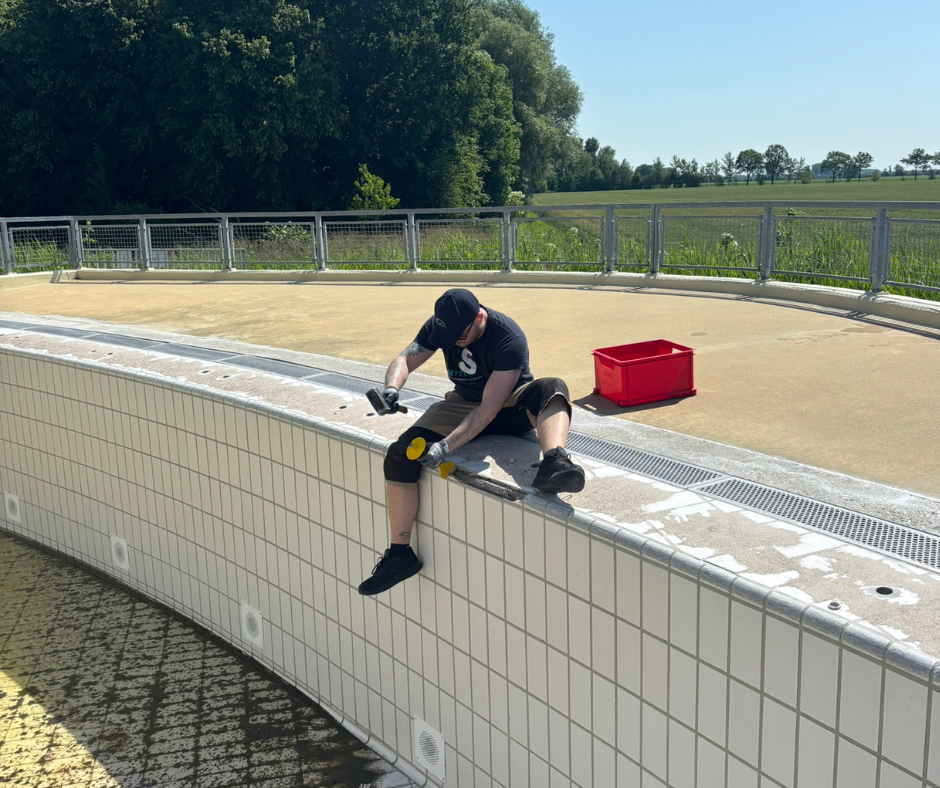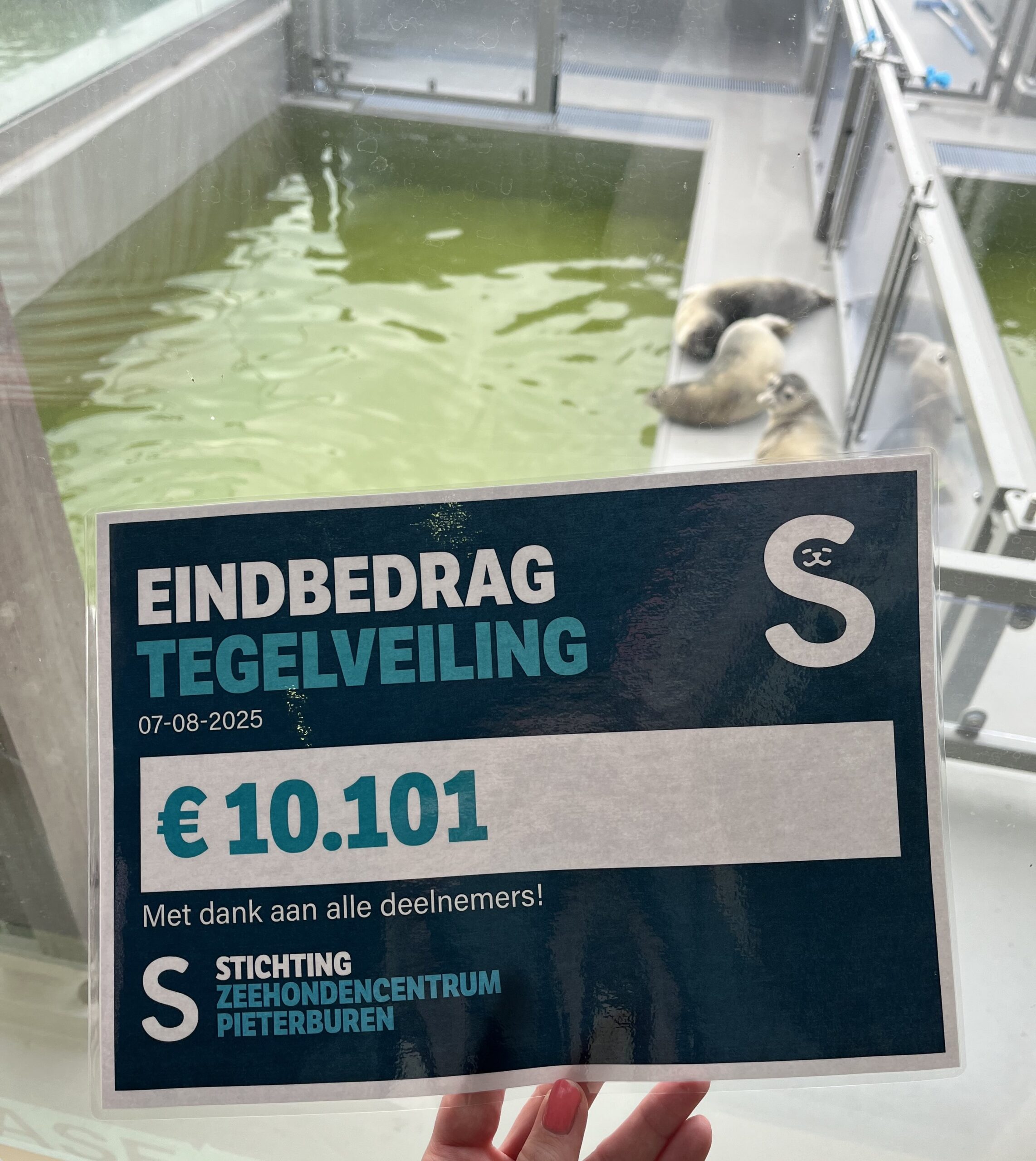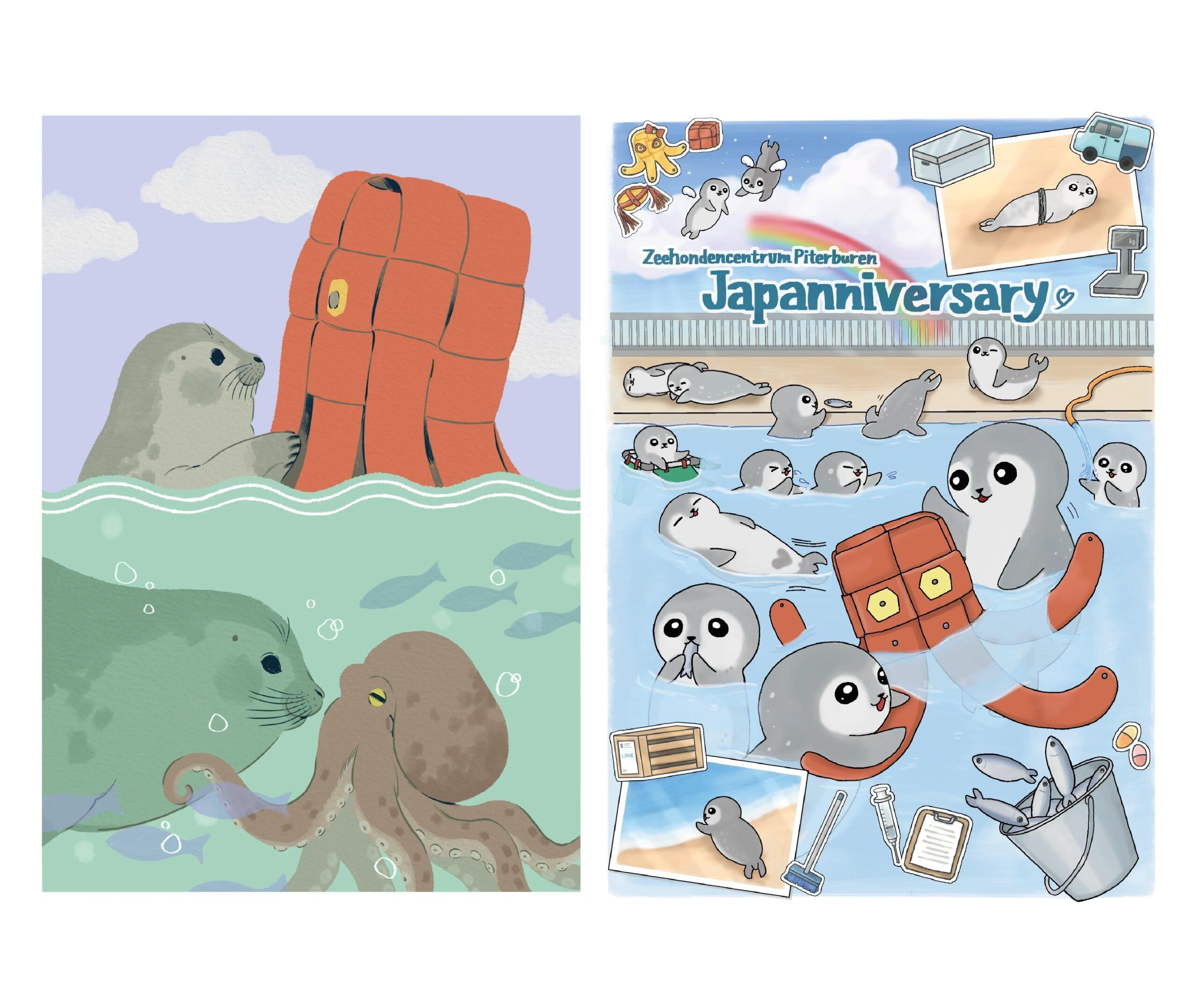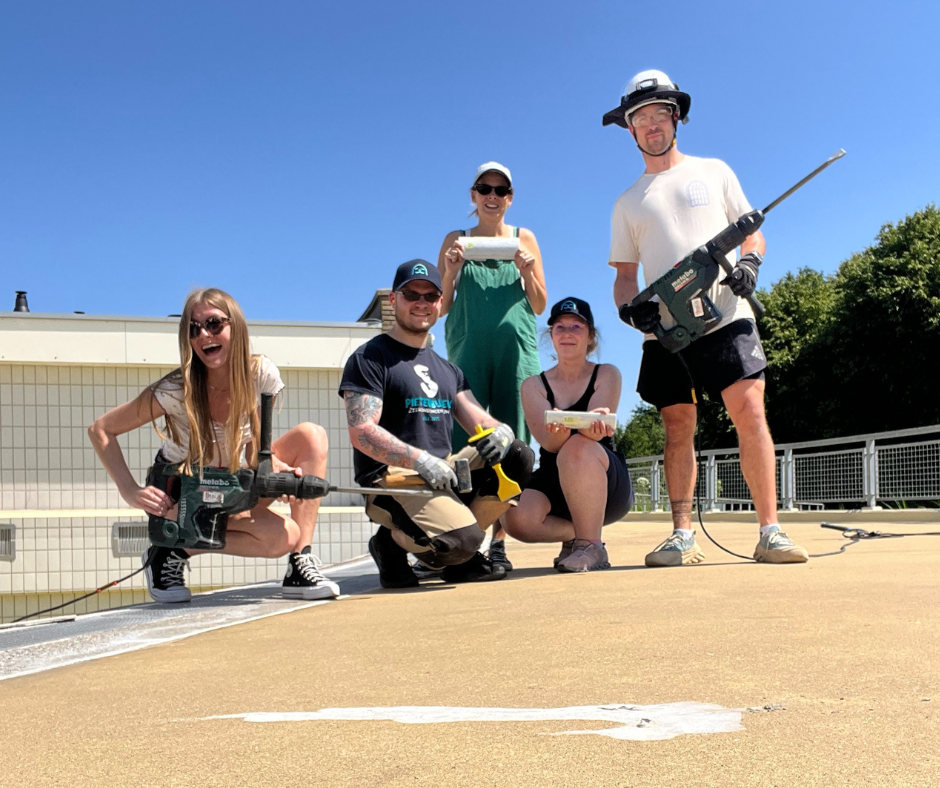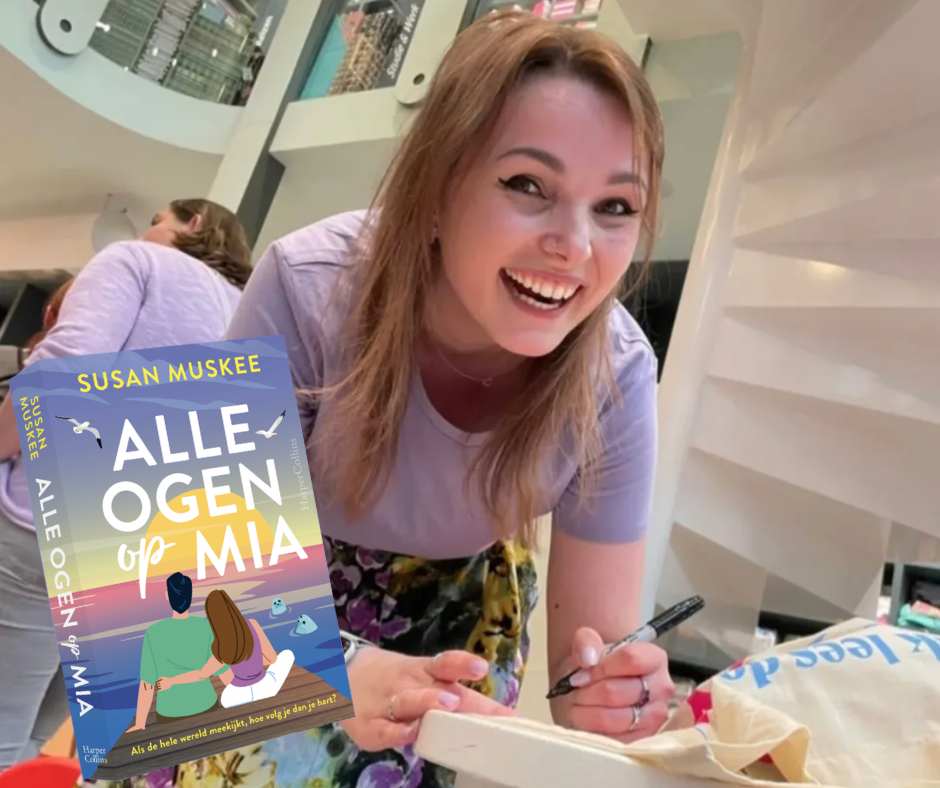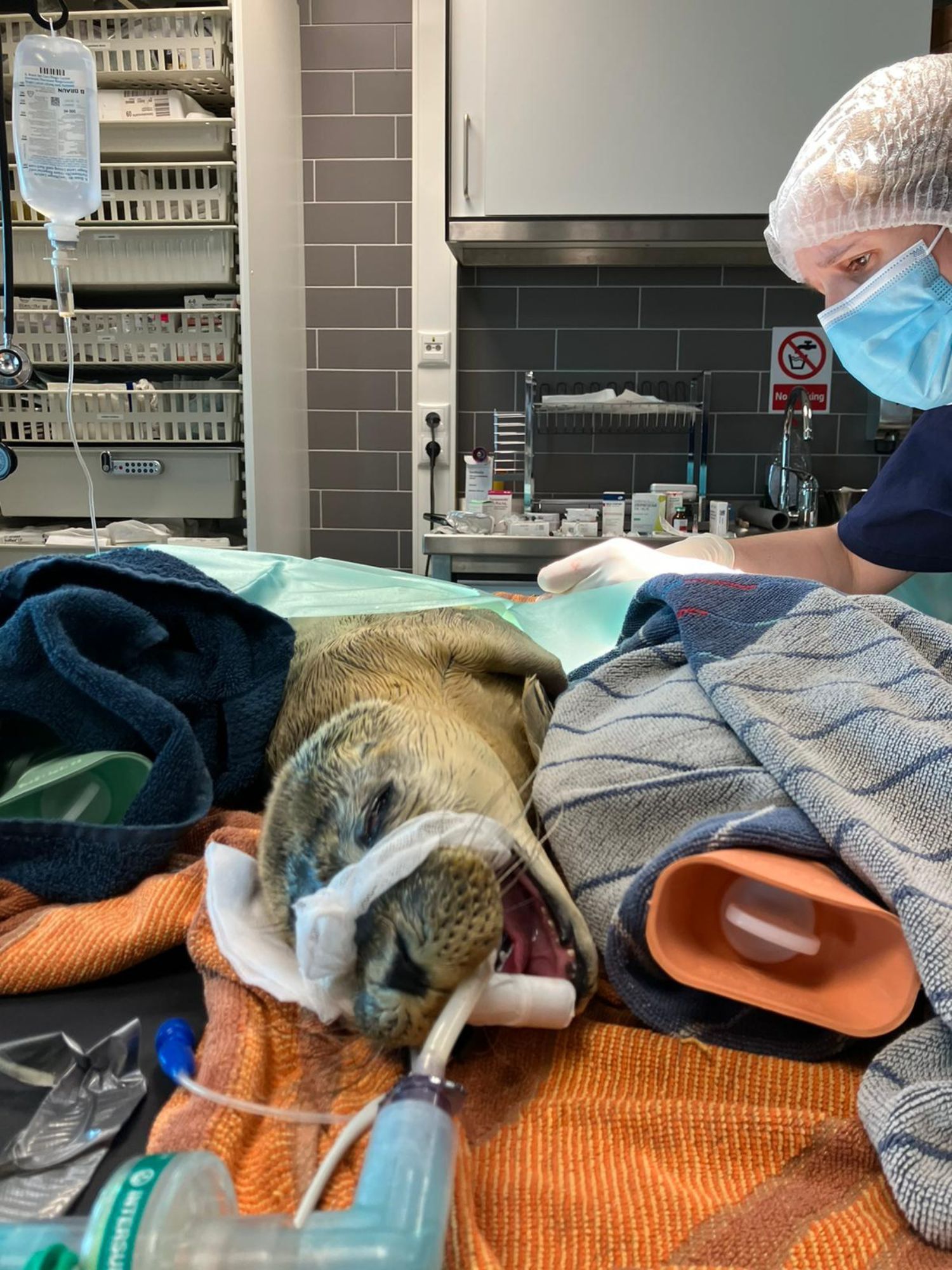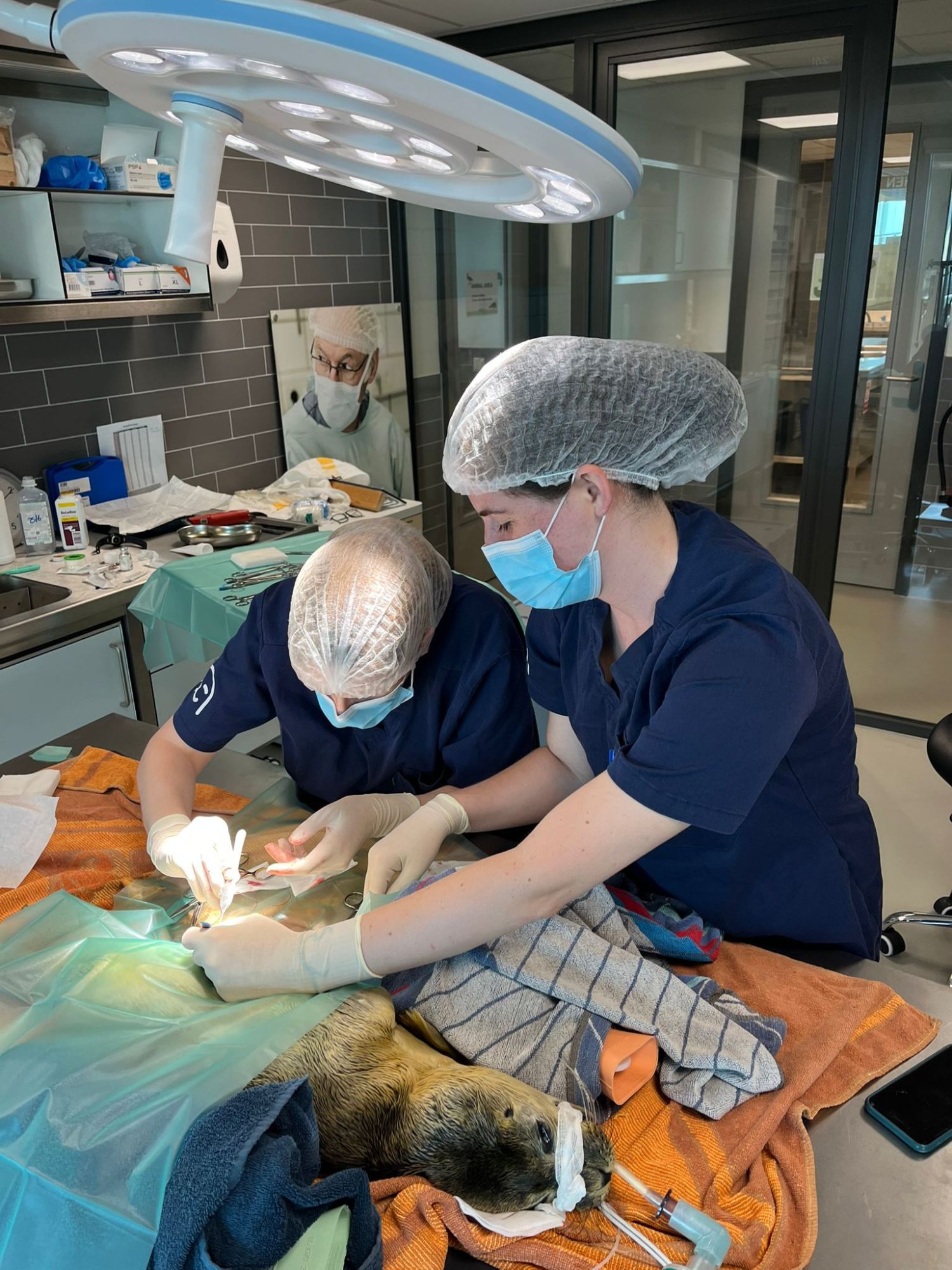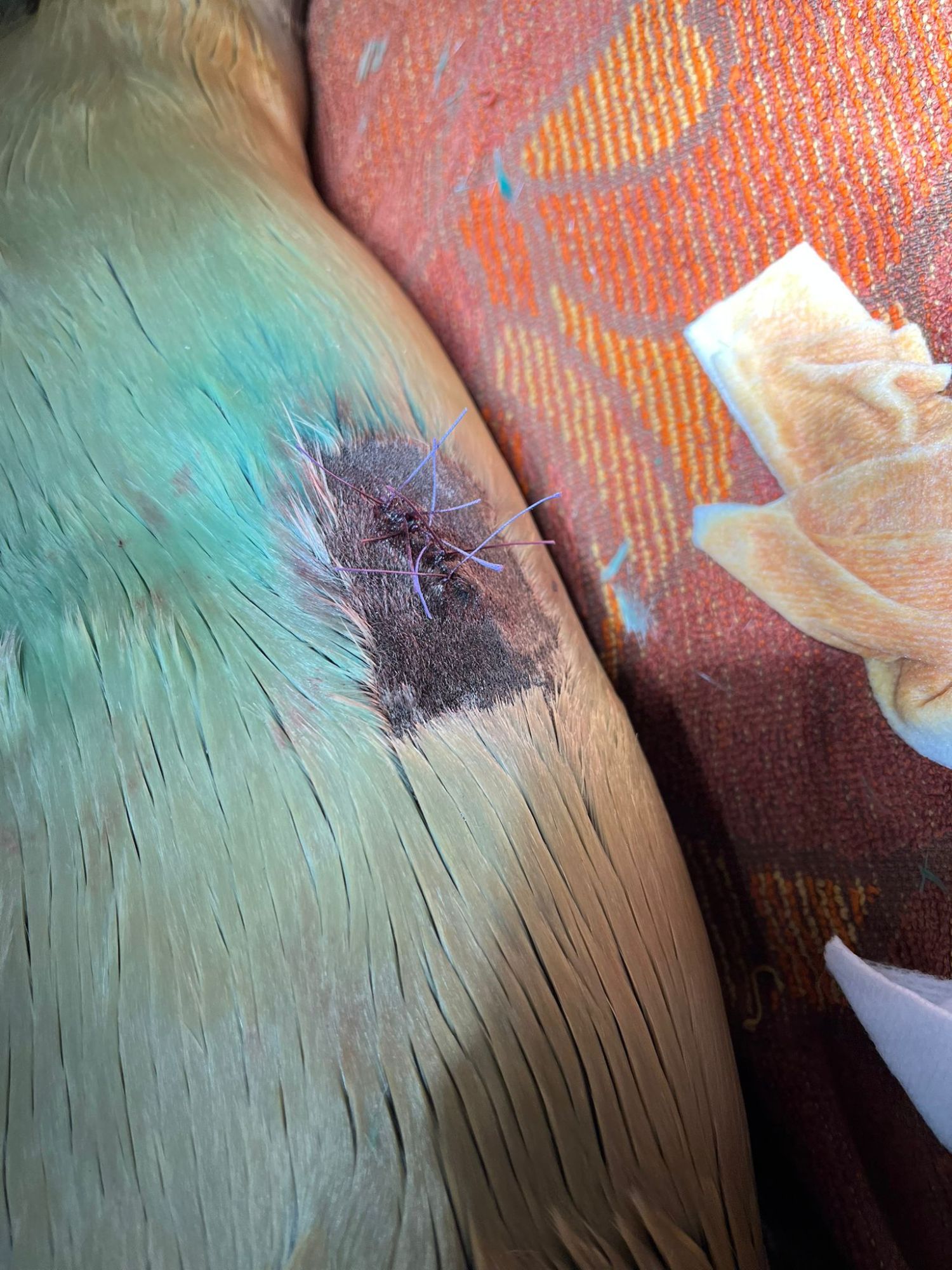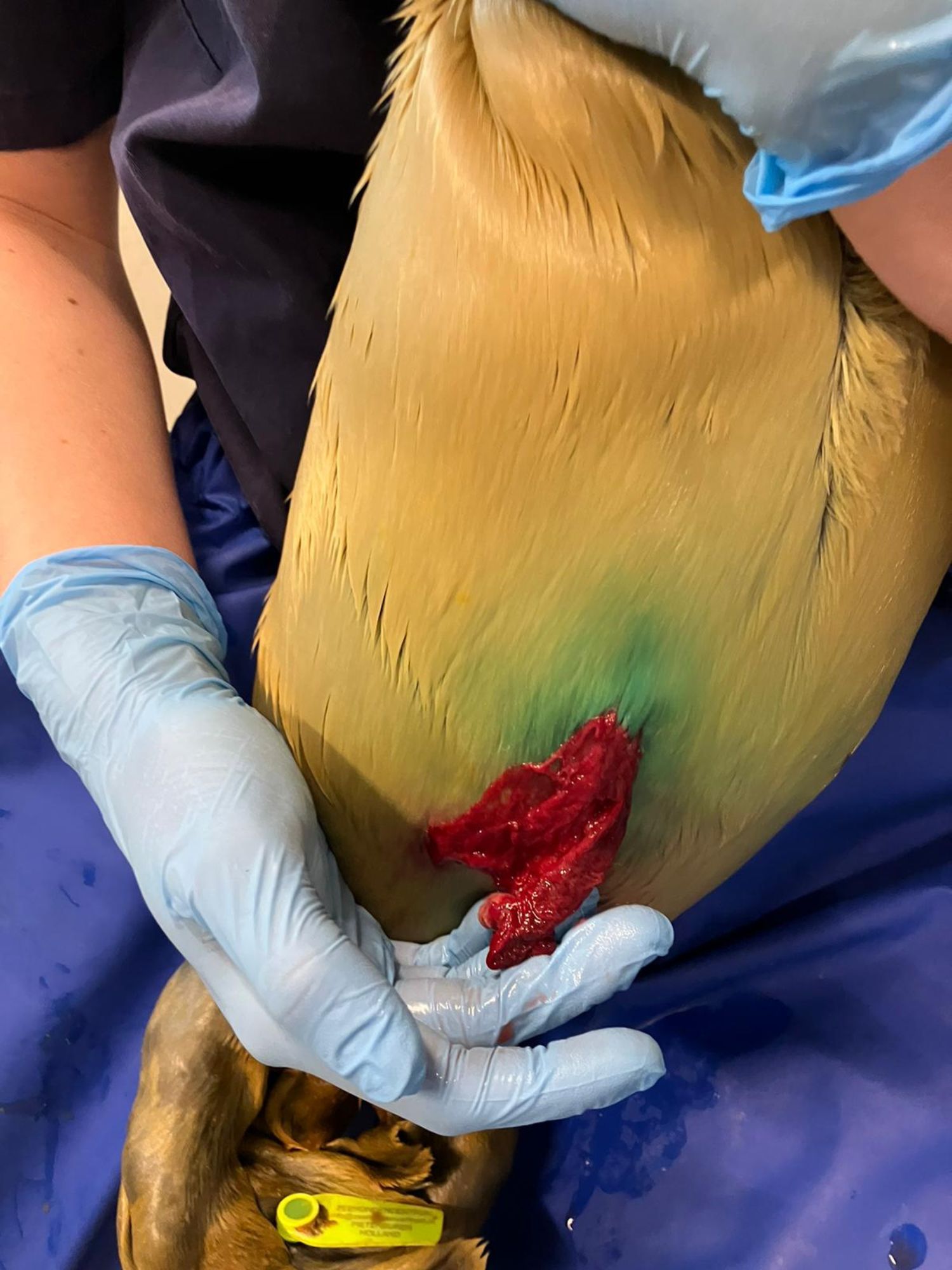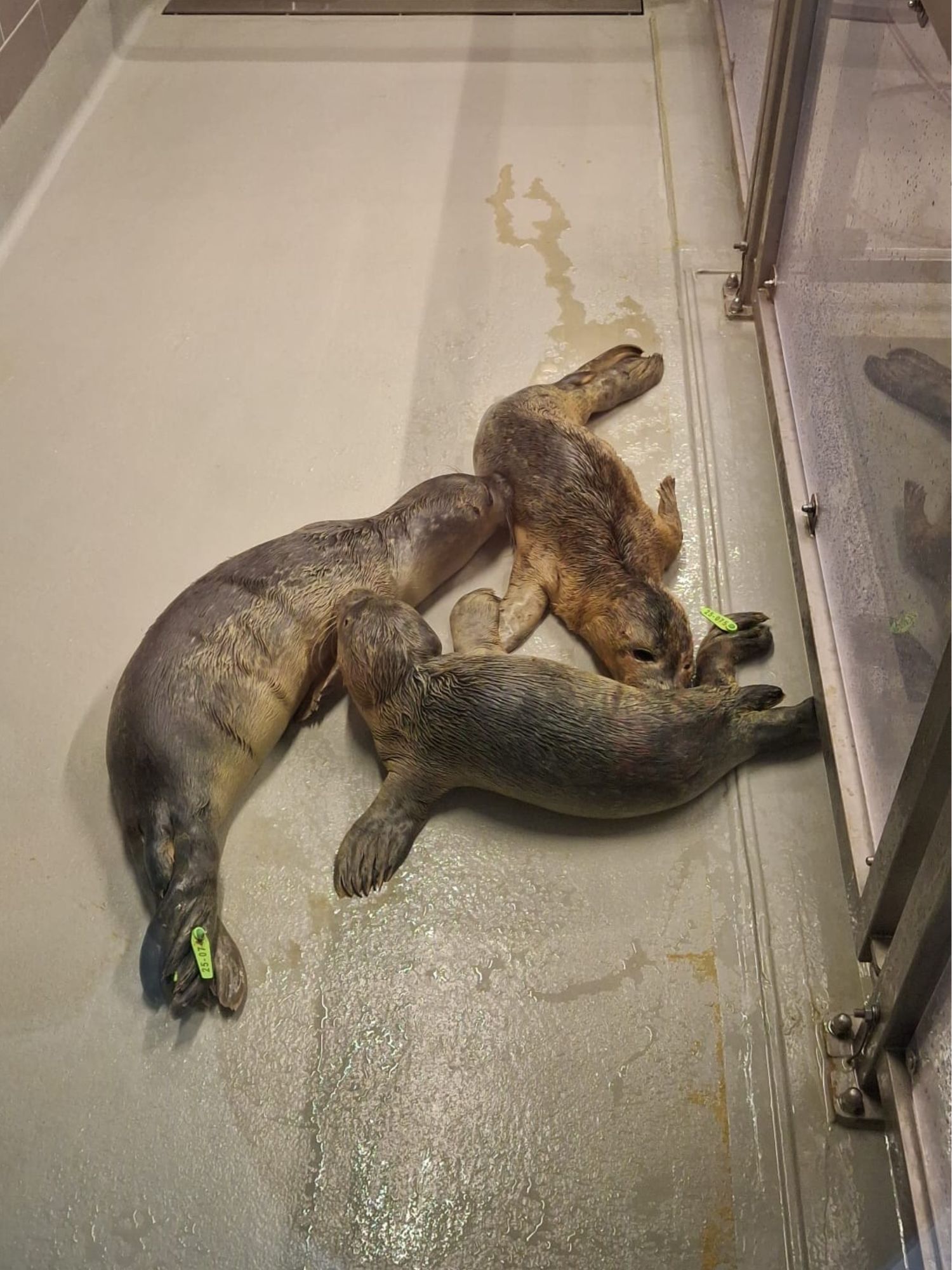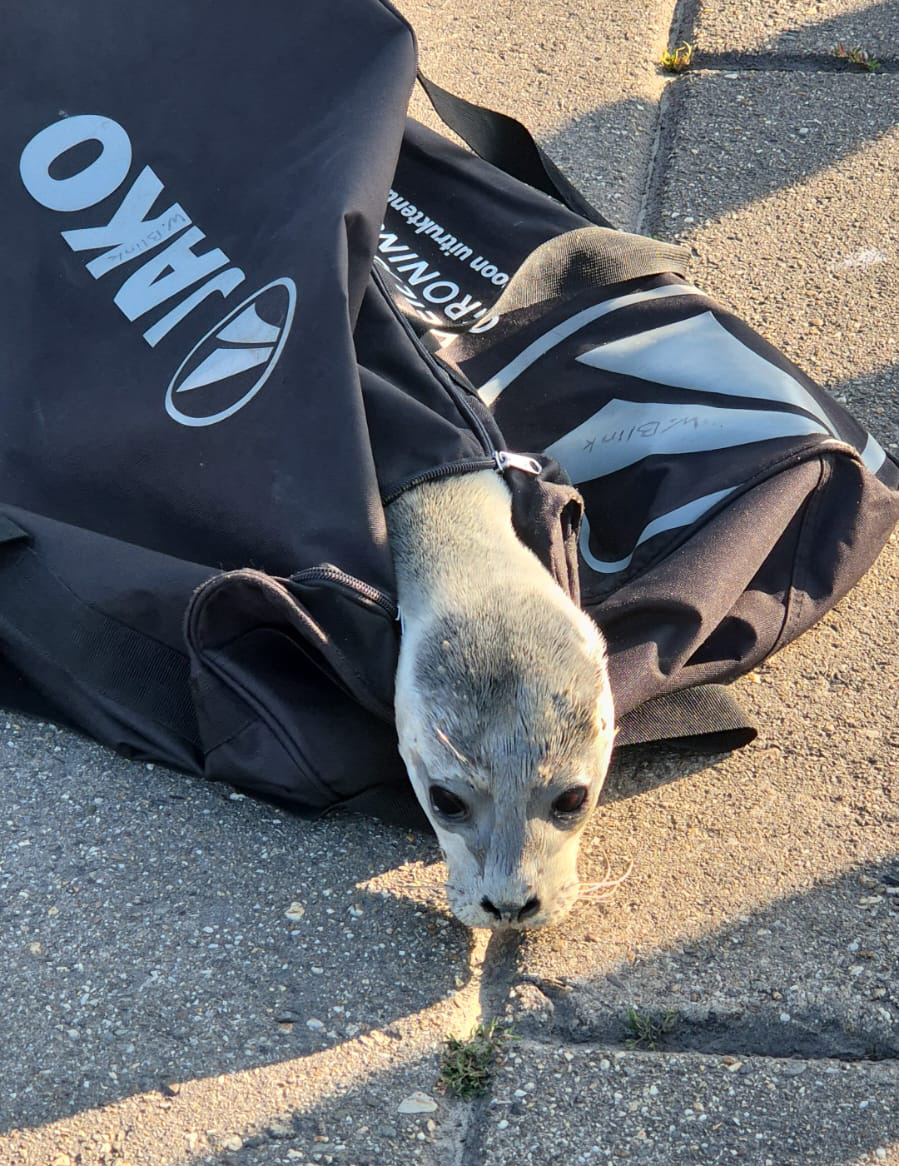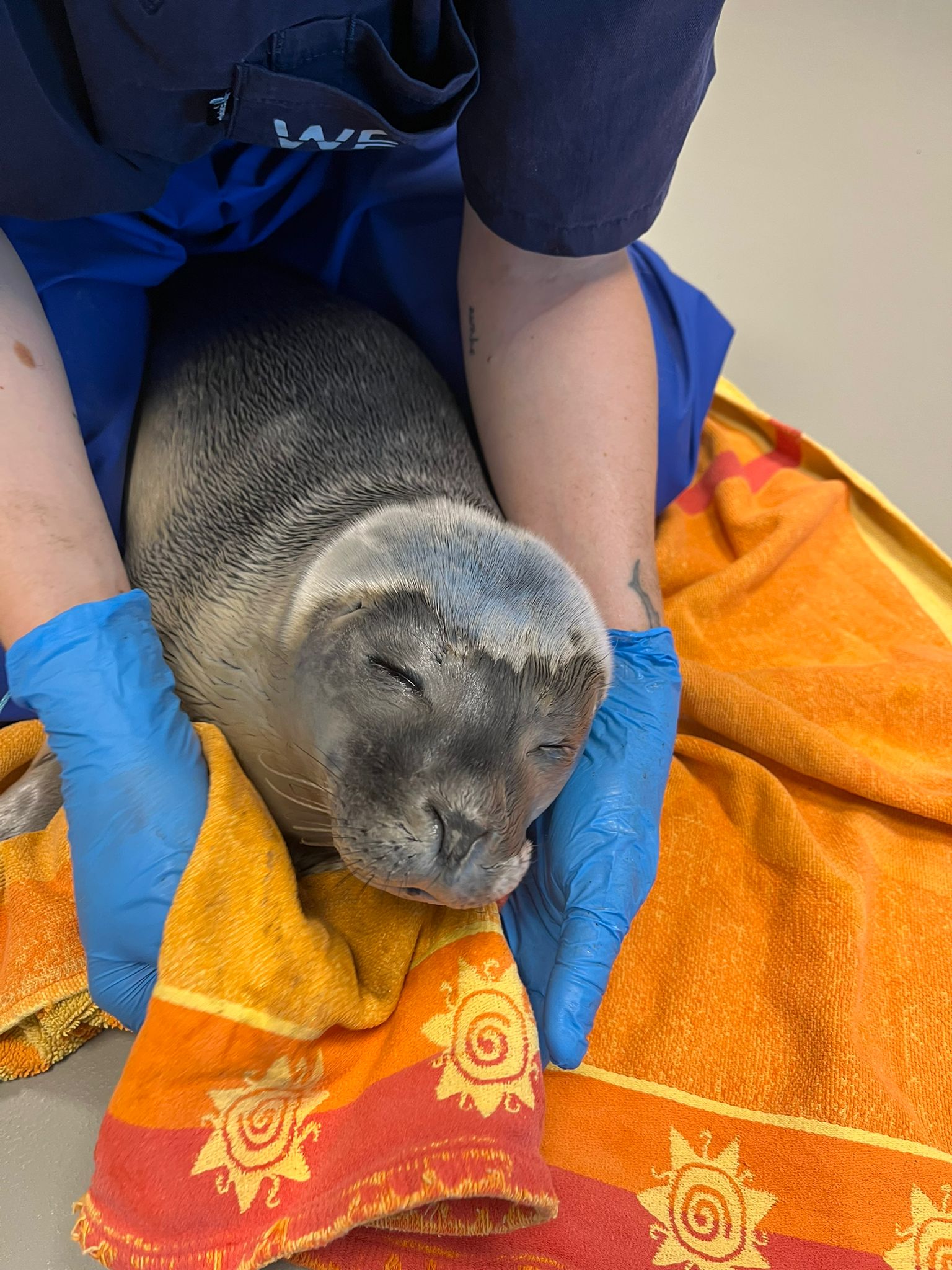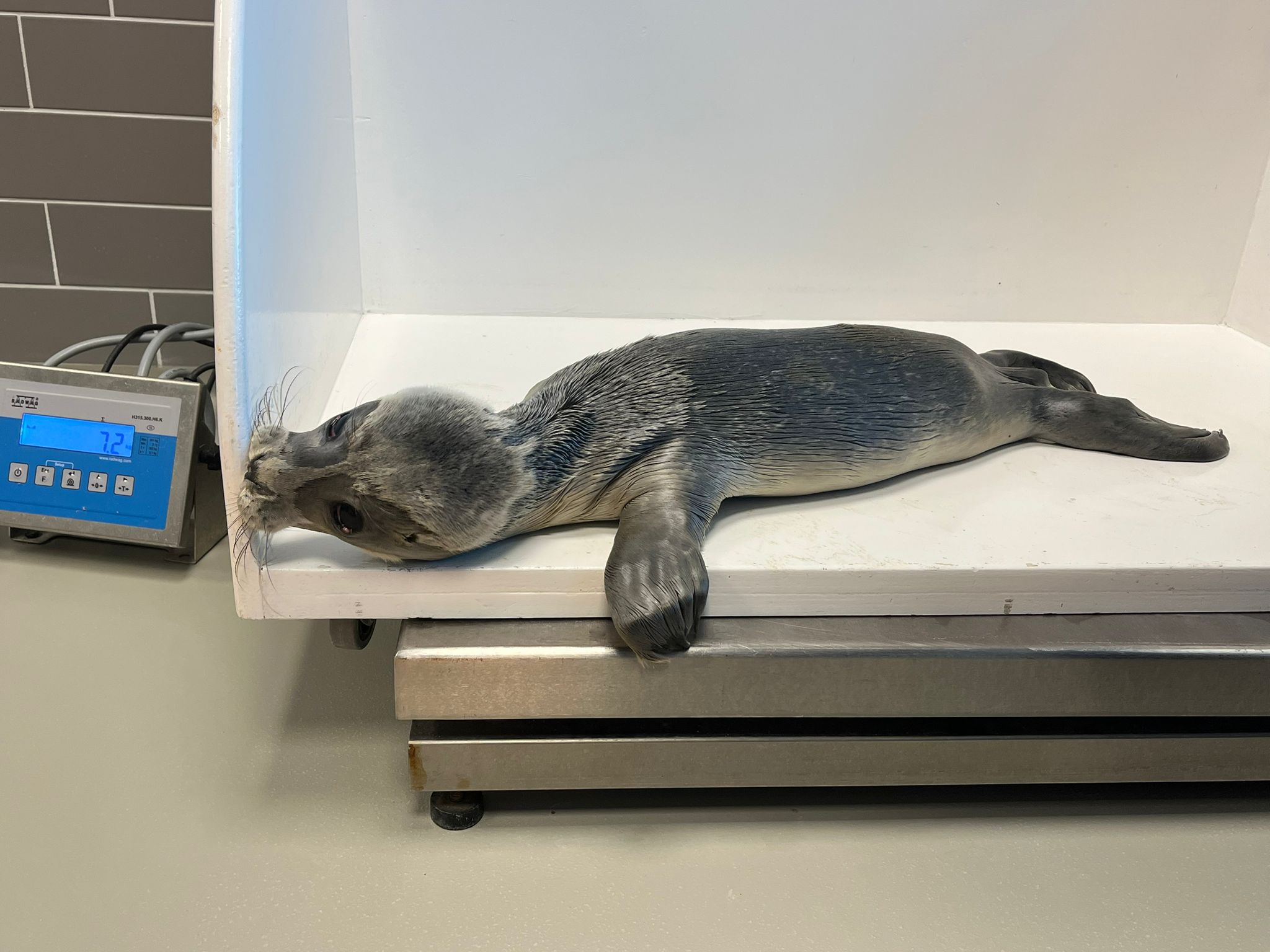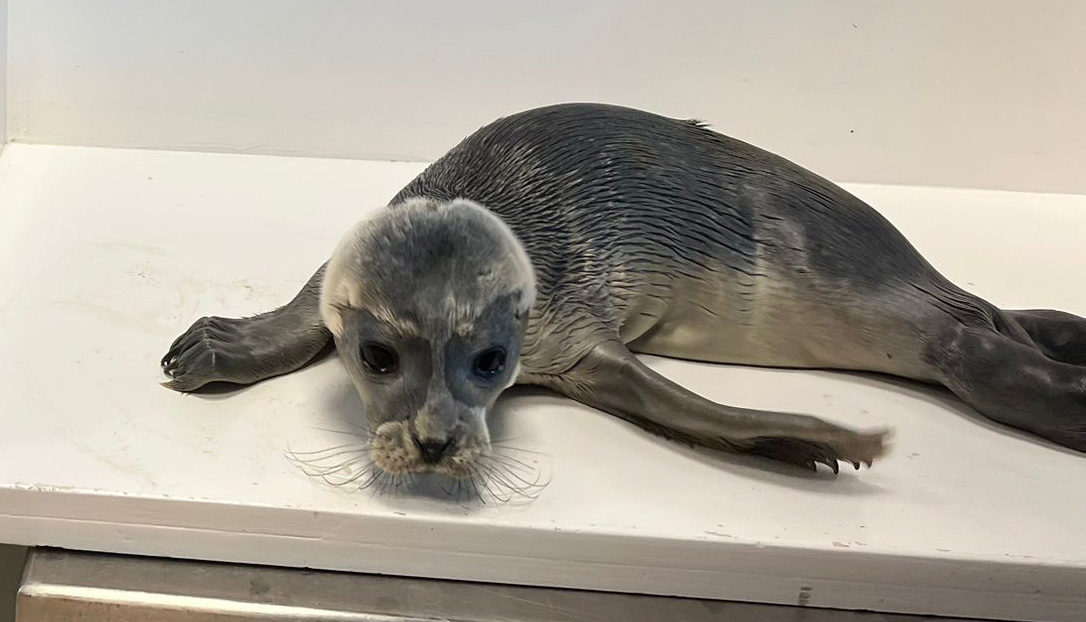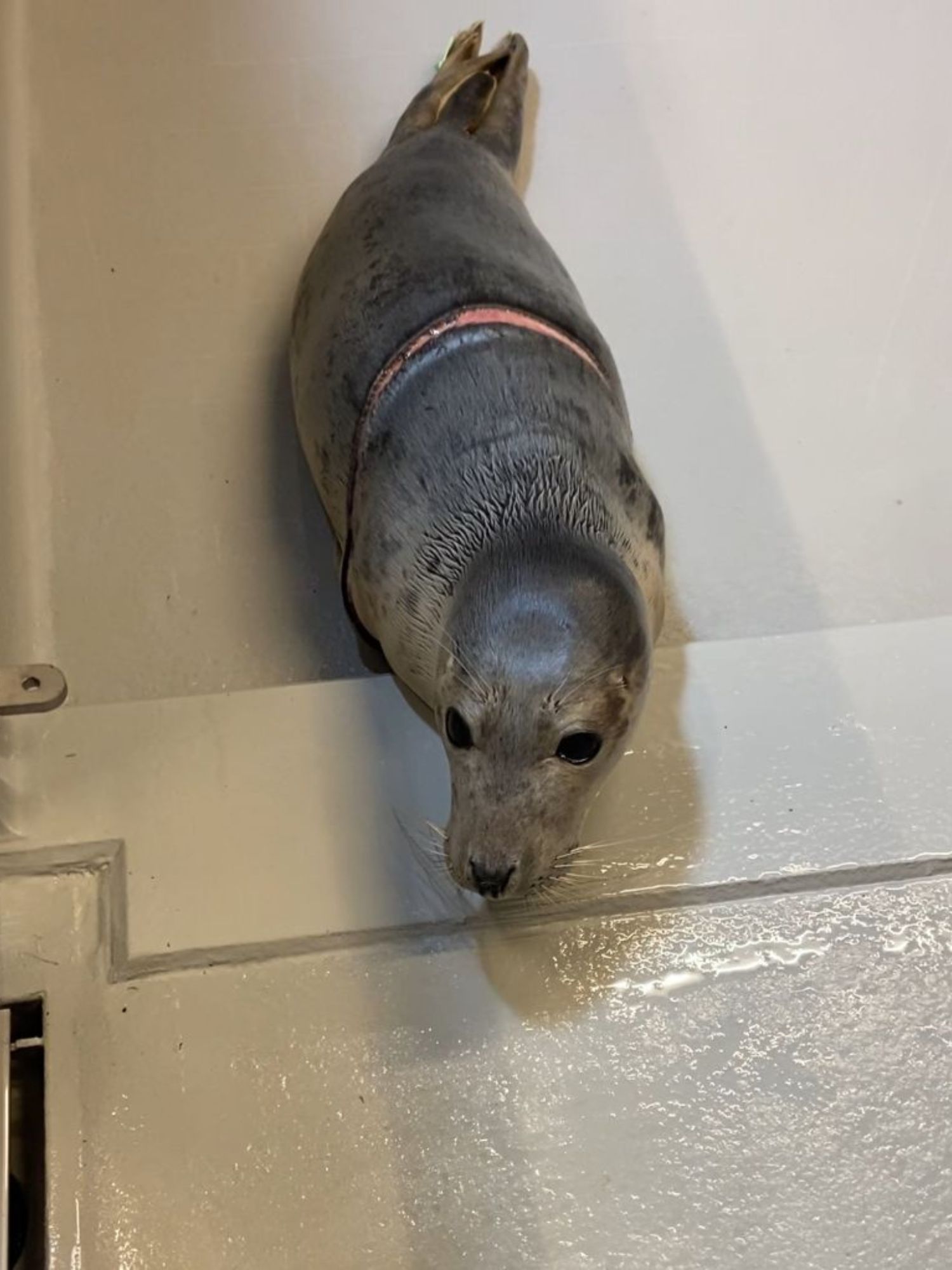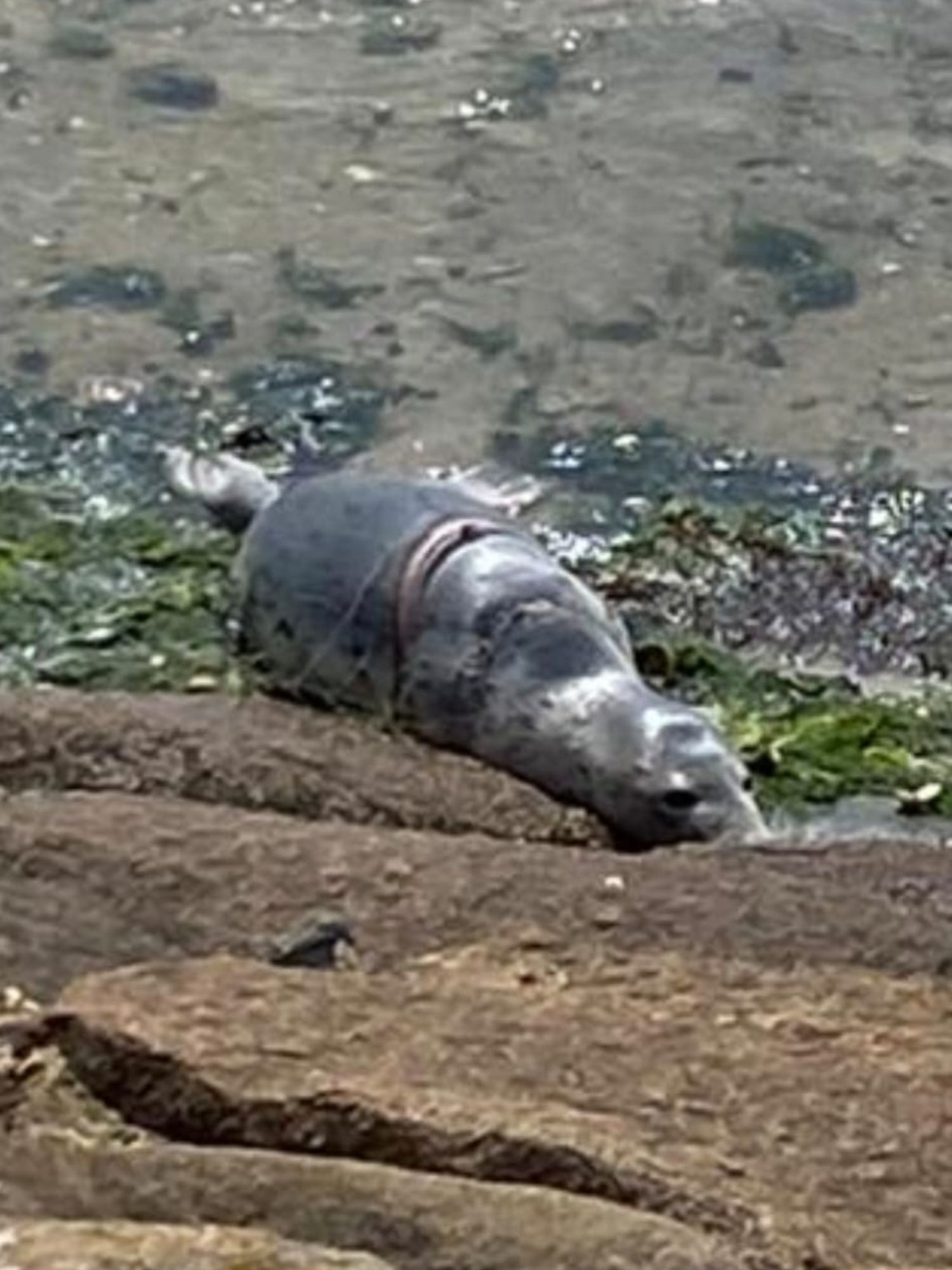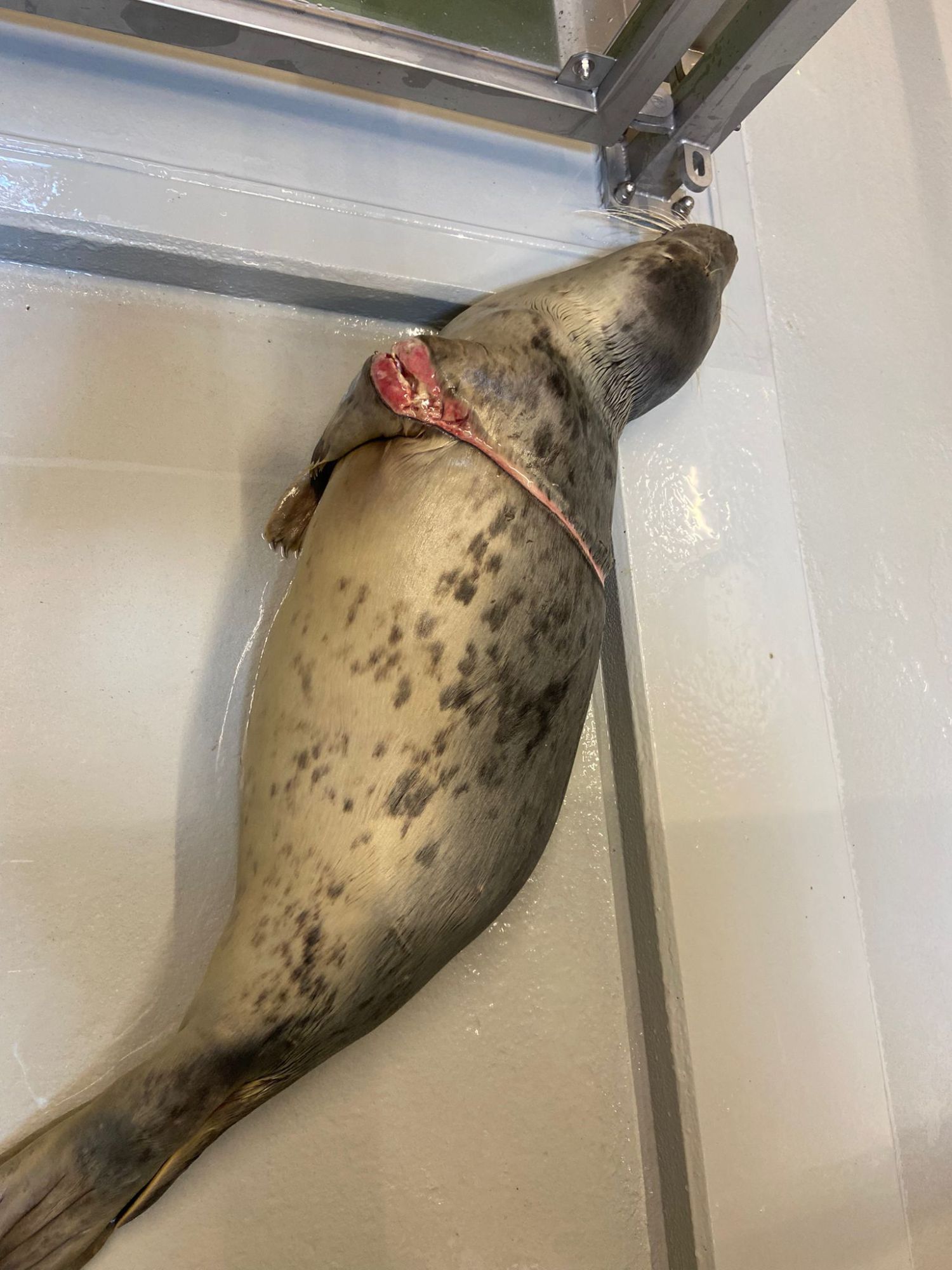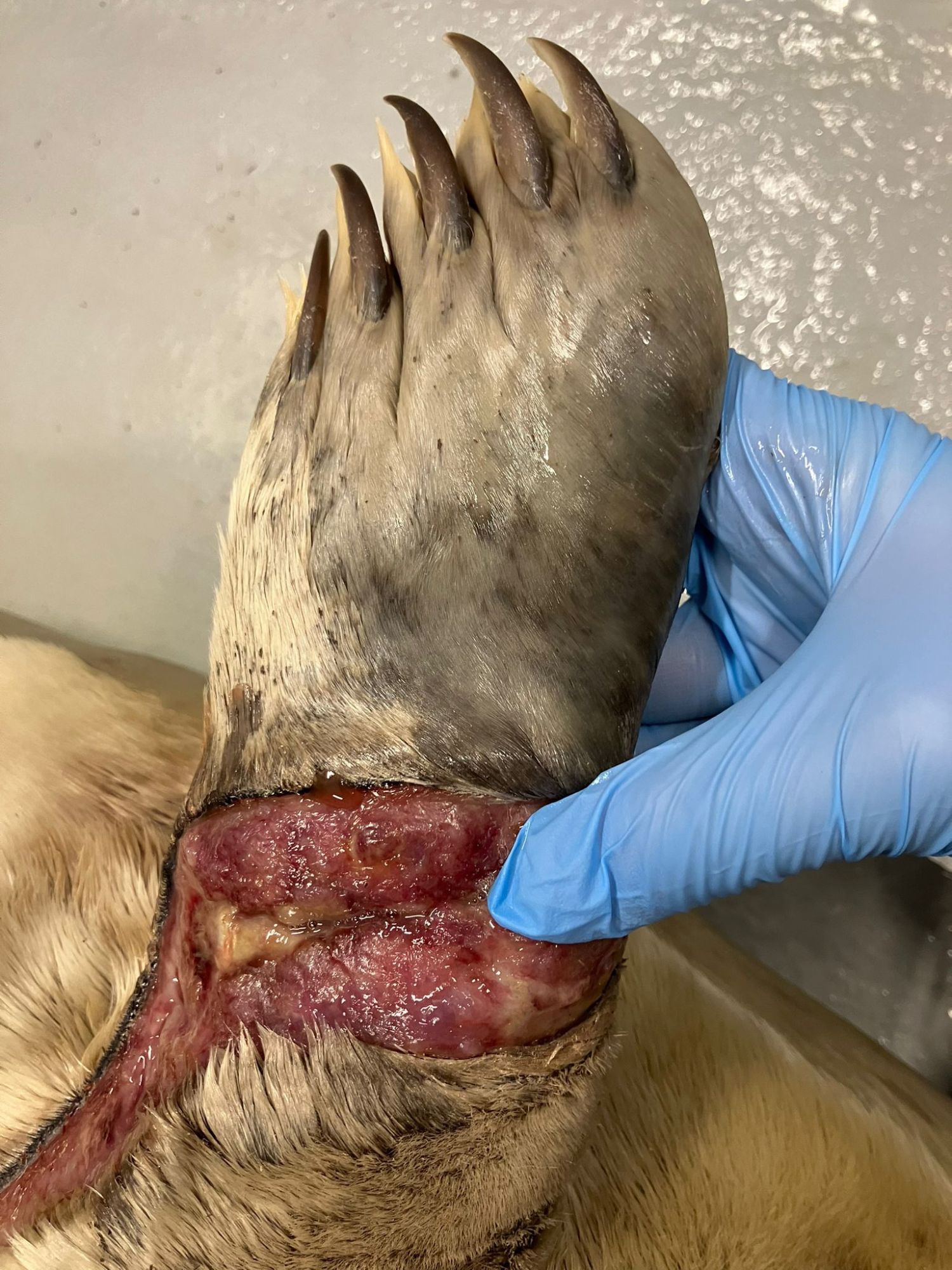Household goods auction Pieterburen
Seal Centre Pieterburen is holding a special auction of unique, nostalgic and practical items from the centre. The auction closes on Friday 24 October at 2 p.m., and interested parties can view the items in person today during the viewing day in Pieterburen (10 a.m. – 6 p.m.).
See also
The auction offers enthusiasts and former visitors a unique opportunity to acquire a piece of the Seal Centre's history. Among the lots are the boat and lighthouses from the sandpit, grandstand benches from the cinema, furniture from the fish kitchen and all kinds of equipment.
Second of three auctions
This auction of household effects is the second in a series of three auctions featuring items from Pieterburen. The Seal Centre previously organised a highly successful auction of tiles from the former seal pools, which raised more than €10,000. Next year, there will be another auction featuring smaller memorabilia and special objects from the rich history of the Seal Centre.
Proceeds go to seal conservation
The proceeds from current and future auctions will be used for seal care and protection at the WEC (Wadden Sea World Heritage Centre) in Lauwersoog, where the Seal Centre has continued its important work since relocating.
Items from everyday work
‘This auction is different from the previous tile auction: the items are less directly related to the seals themselves and more to the daily work at the seal hospital and visitor centre,’ explains spokesperson Hester de Vries. ‘It's a unique opportunity to take home a piece of that history and at the same time contribute to the future of our seal sanctuary.’
Did you know...
Je op 23 oktober 2025 kunt komen kijken in Pieterburen? Dit kan van 10:00 tot 18:00.


